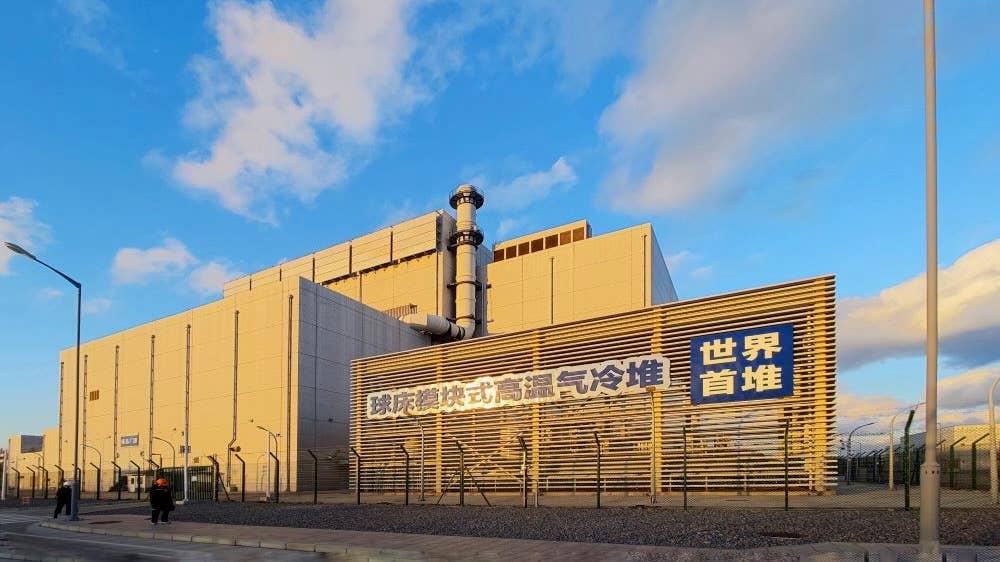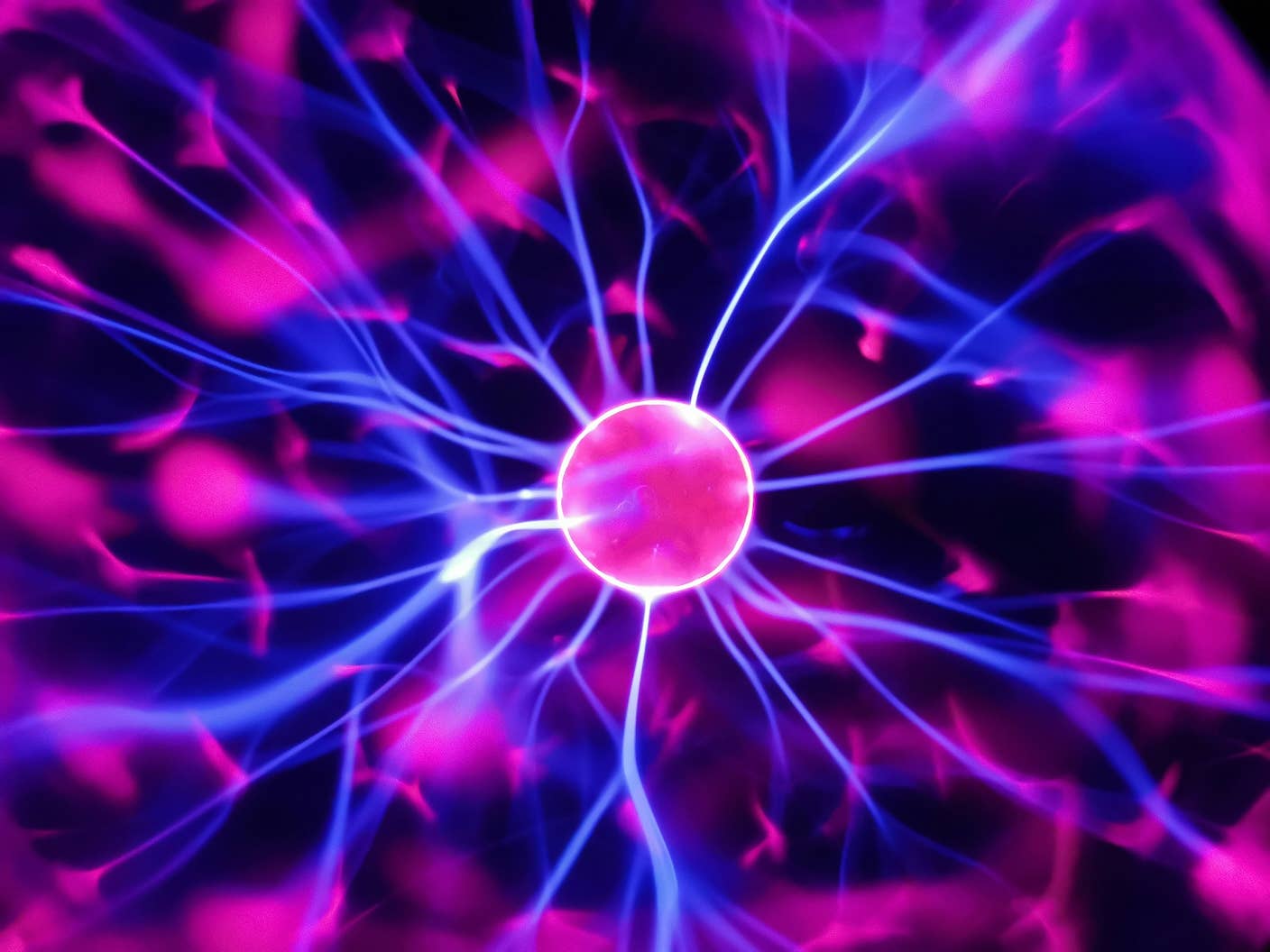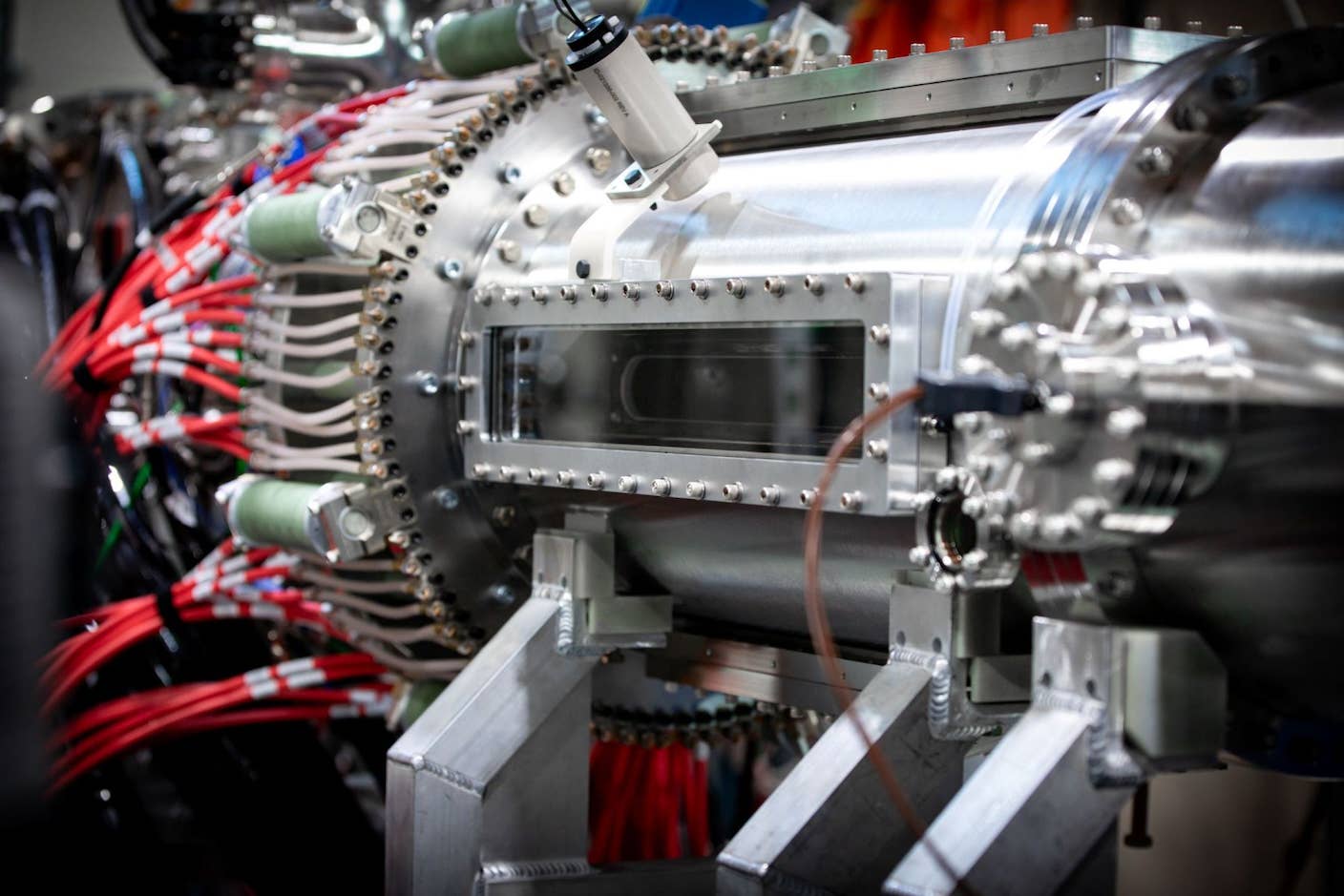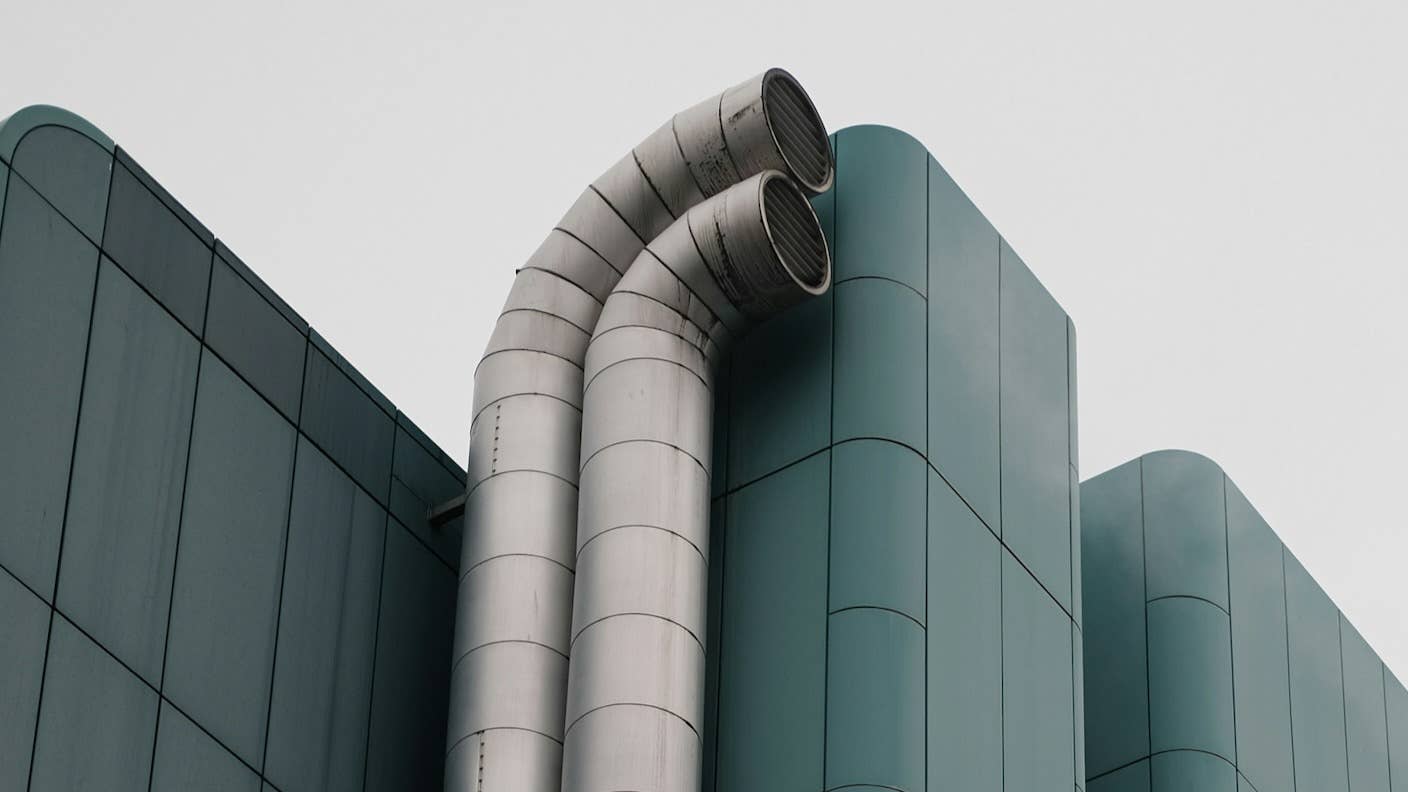China Demonstrates the First Entirely Meltdown-Proof Nuclear Reactor

Share
Efforts to expand nuclear power have long been stymied by fears of a major nuclear meltdown. A new Chinese reactor design is the first full-scale demonstration that’s entirely meltdown-proof.
Despite the rapid rise of renewable energy, many argue that nuclear power still has an important role to play in the race to decarbonize our supply of electricity. But incidents like Chernobyl and Fukushima have made people understandably wary.
The latest nuclear reactor designs are far safer than those of previous generations, but they still carry the risk of a nuclear meltdown. This refers to when a plant’s cooling system fails, often due to power supplies being cut off, leading to runaway overheating in the core. This can cause an explosion that breaches containment units and spreads radioactive material far and wide.
But now, researchers in China have carried out tests to prove that a new kind of reactor design is essentially impervious to meltdowns. In a paper in Joule, they describe a test in which they cut power to a live nuclear plant—and the plant was able to passively cool itself.
“The responses of nuclear power and temperatures within different reactor structures show that the reactors can be cooled down naturally without active intervention,” the authors write. “The results of the tests manifest the existence of commercial-scale inherent safety for the first time.”
The researchers from Tsinghua University carried out the test on the 200-megawatt High-Temperature Gas-Cooled Reactor Pebble-Bed Module (HTR-PM) in Shandong, which became commercially operational last December. The plant’s novel design replaces the fuel rods found in conventional reactor designs with a large number of “pebbles.” Each of these is a couple of inches across and made up of graphite with a small amount of uranium fuel inside.
The approach significantly reduces the energy density of the reactor’s fuel, making it easier for heat to dissipate naturally if cooling systems fail. Although small prototype reactors have been built in China and Germany, a full-scale demonstration of the technology’s safety had yet to happen.
To put the new reactor to the test, the researchers deliberately cut power to both of the plant’s reactor modules and observed the results. Both modules cooled down naturally without any intervention in roughly 35 hours. The researchers claim this is proof the design is “inherently safe” and should significantly reduce requirements for safety systems in future reactors.
Be Part of the Future
Sign up to receive top stories about groundbreaking technologies and visionary thinkers from SingularityHub.


The design does result in power generation costs roughly 20 percent higher than conventional reactors, the researchers admit. But they believe this will come down if and when the technology goes into mass production.
China isn’t the only country building such reactors. American company X-Energy has designed an 80-megawatt pebble-bed reactor called the Xe-100 and is currently waiting for a decision on its license to operate from the Nuclear Regulatory Commission.
However, as New Scientist notes, it’s not possible to retrofit existing plants with this technology, which means the risk of meltdowns from older plants remains. And given the huge amount of time and money it typically takes to build a nuclear power plant, it’s unlikely the technology will make up a significant chunk of the world’s nuclear fleet anytime soon.
But by proving it’s possible to build a meltdown-proof reactor, the researchers have disarmed one of the major arguments against using nuclear power to tackle the climate crisis.
Image Credit: Tsinghua University
Related Articles

Hugging Face Says AI Models With Reasoning Use 30x More Energy on Average

Startup Zap Energy Just Set a Fusion Power Record With Its Latest Reactor

Scientists Say New Air Filter Transforms Any Building Into a Carbon-Capture Machine
What we’re reading
